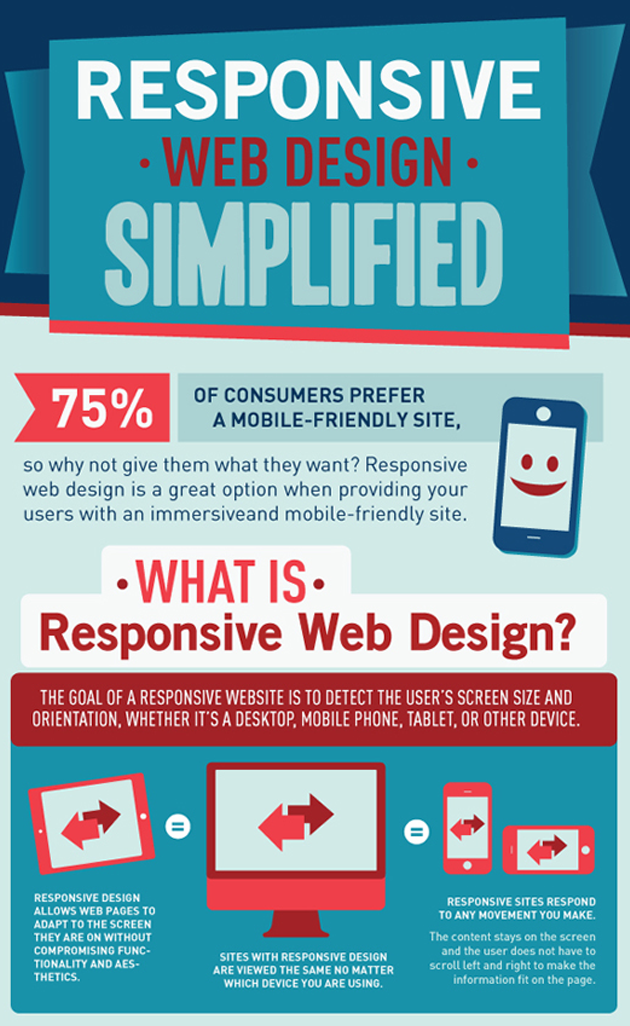Fascinated In Learning How Website Design Has Progressed? Discover The Journey From Simple Styles To User-Centric Methods
Fascinated In Learning How Website Design Has Progressed? Discover The Journey From Simple Styles To User-Centric Methods
Blog Article
Short Article Created By-Johansen Harding
In the past, sites were simple and concentrated on info. Navigating was direct, and style was for desktop computers. Currently, individual experience is vital. Data guides layouts for very easy navigating. Responsive layouts suit different tools. Today, dark mode decreases stress, and minimal menus enhance navigation. Interactive attributes involve users, and bold visuals stand apart. visit my home page increases engagement. See exactly how layout has evolved to improve your online trip.
Early Days of Website Design
In the very early days of web design, simpleness preponderated. Websites were standard, with restricted colors, typefaces, and formats. The focus was on providing info instead of showy visuals. Users accessed the net with sluggish dial-up links, so speed and performance were key.
Navigation menus were straightforward, commonly situated at the top or side of the web page. Web sites were designed for home computer, as mobile surfing had not been yet prevalent. Material was king, and designers focused on easy readability over complex design aspects.
HTML was the main coding language made use of, and designers needed to work within its constraints. Animations and interactive features were minimal contrasted to today's requirements. Web sites were static, with little vibrant web content or customized customer experiences.
Increase of User-Focused Design
With the development of website layout, a change in the direction of user-focused style principles has actually ended up being significantly popular. Today, producing websites that focus on individual experience is important for involving site visitors and accomplishing organization objectives. User-focused style includes comprehending the demands, choices, and actions of your target audience to tailor the website's design, material, and includes as necessary.
Designers currently carry out complete research study, such as user studies and functionality testing, to collect understandings and comments straight from customers. This data-driven approach assists in developing user-friendly navigating, clear calls-to-action, and visually appealing interfaces that reverberate with site visitors. By positioning the user at the center of the style process, internet sites can provide an extra personalized and delightful experience.
Receptive design has additionally become a vital element of user-focused design, making sure that internet sites are maximized for different gadgets and screen dimensions. This adaptability improves availability and usability, dealing with the varied ways customers communicate with web sites today. Fundamentally, the rise of user-focused layout represents a shift towards creating digital experiences that focus on the requirements and assumptions of completion customer.
Modern Trends in Web Design
Check out the most up to date patterns shaping website design today. One noticeable fad is dark mode style, supplying a smooth and contemporary appearance while reducing eye stress in low-light environments. One more vital pattern is minimal navigation, streamlining menus and improving customer experience by focusing on essential elements. Including website and seo services -interactions, such as animated buttons or scrolling impacts, can produce a much more interesting and interactive web site. Receptive design continues to be critical, making sure seamless customer experiences across various gadgets. In addition, utilizing bold typography and asymmetrical layouts can add visual interest and draw attention to details material.
Integrating AI innovation, like chatbots for client support or tailored suggestions, improves individual interaction and enhances processes. Ease of access has additionally become a considerable pattern, with designers prioritizing comprehensive design methods to deal with varied customer requirements. Accepting simply click the up coming web site by optimizing internet site performance for speed and efficiency is another emerging trend in website design. Teaming up with user feedback and information analytics to repeat and boost layout continually is crucial for remaining relevant in the ever-evolving digital landscape. By welcoming https://www.mediaupdate.co.za/marketing/152214/digital-agency-8909-appoints-three-new-members -day fads, you can produce an aesthetically appealing, user-friendly website that reverberates with your target market.
Final thought
As you reflect on the evolution of website layout from the early days to now, you can see how user-focused style has actually become the driving force behind modern trends.
Welcome the journey of adjustment and adjustment in website design, always maintaining the customer experience at the center.
Keep current with the current patterns and modern technologies, and never quit progressing your strategy to create visually stunning and easy to use sites.
Advance, adjust, and develop - the future of website design is in your hands.
